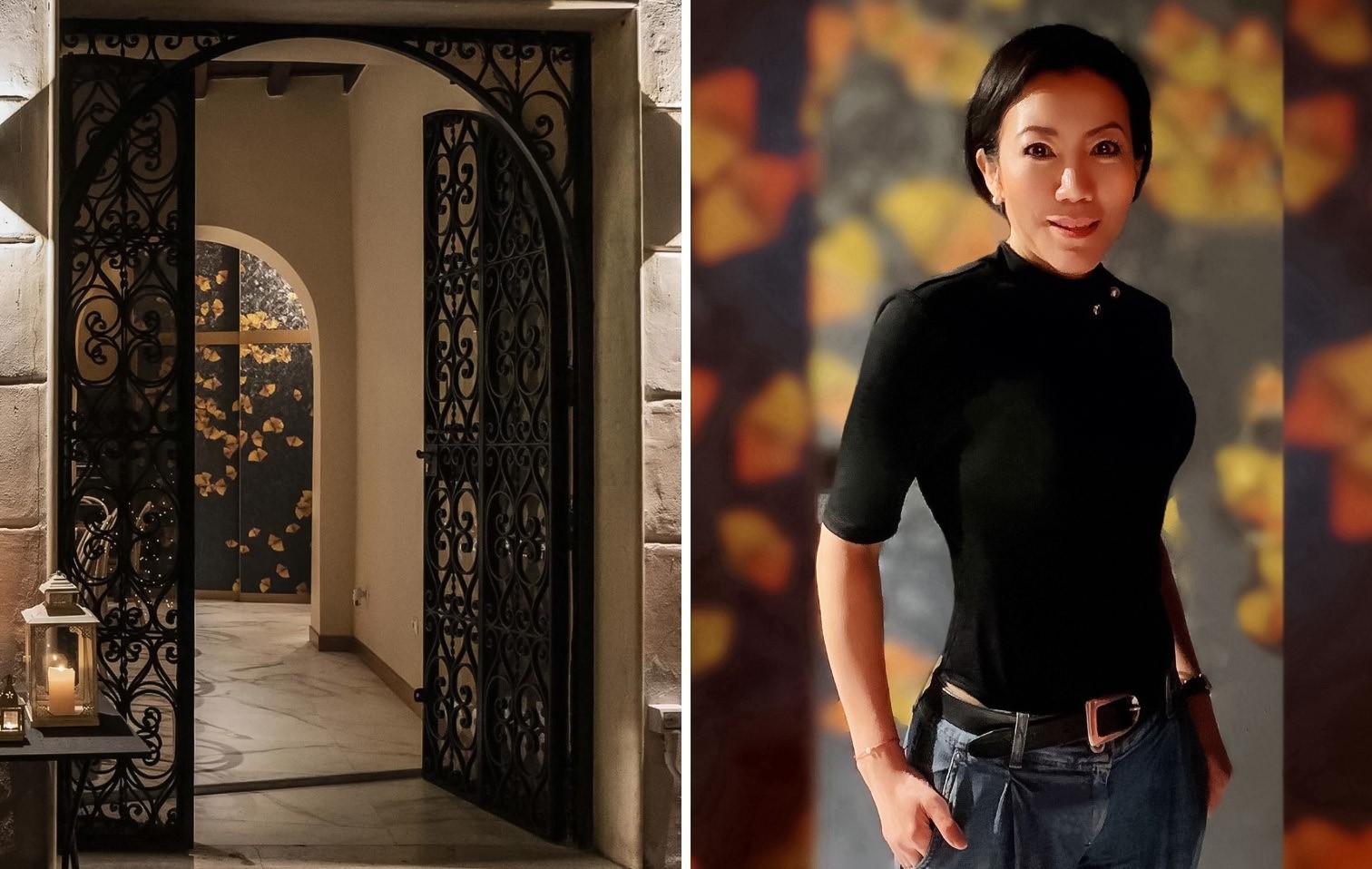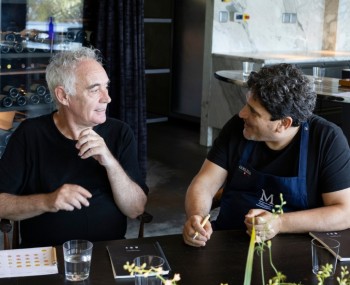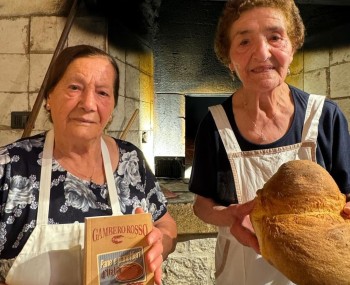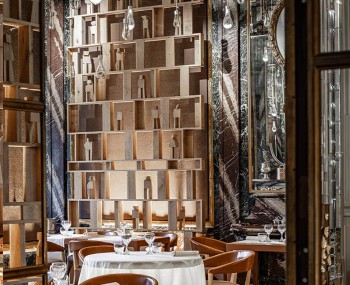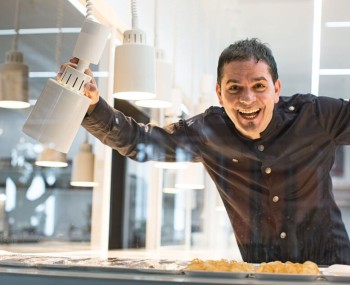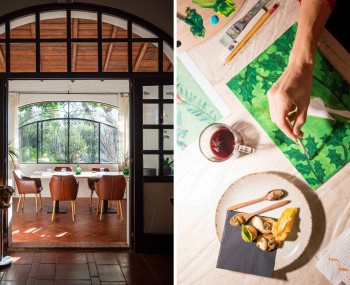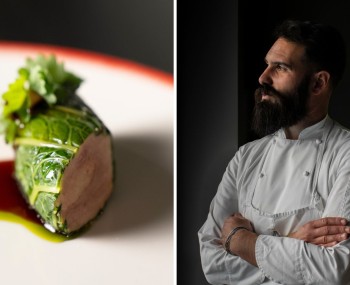Named after a premium variety of green tea used in imperial Chinese court ceremonies, Oolong is Yan Jiang's new fine dining establishment in Piazza S. Paolo alla Regola, in the heart of a quiet corner of Rome.
The chef and the restaurant
For those who don't know Yan Jiang, she was the driving force behind Green T, the first Chinese restaurant in Rome to earn a Michelin mention, a place she transformed into a culinary gem renowned for its refined gastronomy.

Today, Yan has channeled this legacy into her new personal project, Oolong. It's nestled in the narrow streets connecting Campo de' Fiori and Portico d'Ottavia, in a small square just a few steps from Ponte Sisto, the bridge that spans the Tiber between Piazza Navona and Trastevere.
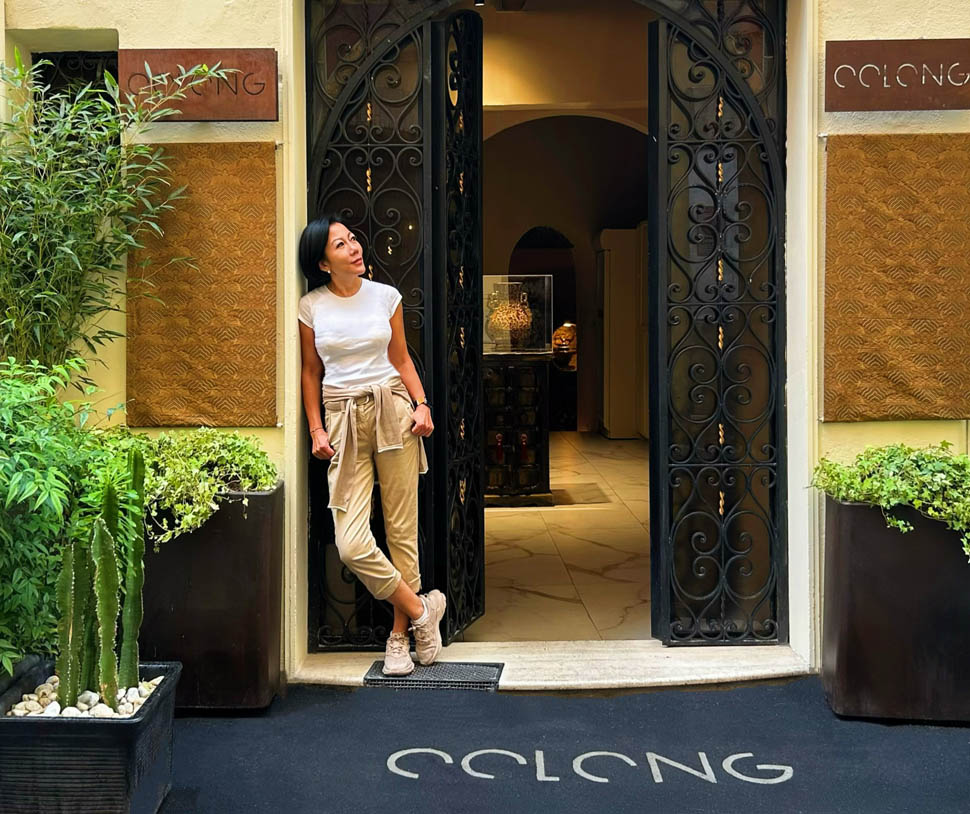
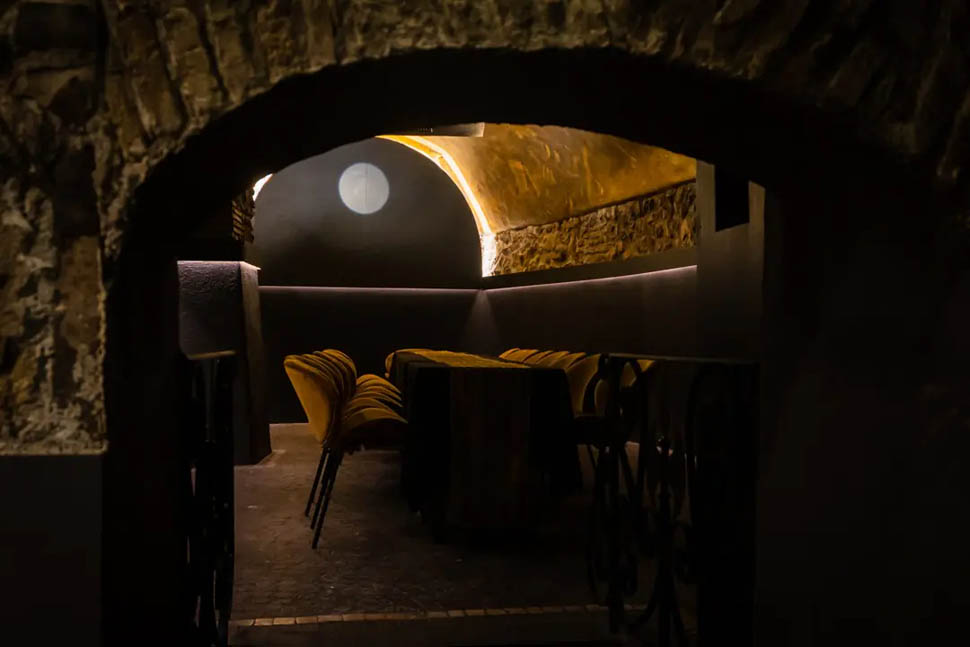
The quaint and secluded Piazza San Paolo alla Regola is named after the church it houses, and Oolong has its tables set on cobblestone, surrounded by laurel trees and soft lighting. The outdoor seating area is open year-round, offering an intimate and welcoming ambiance with twelve spacious tables. There's a wrought iron gate at the corner, and inside, the unmistakable decor makes you feel like you've stepped into a different world. The allure of the Orient draws you in, inviting you to immerse yourself in its elegant and refined culture, providing an opportunity to experience something deeply enveloping and captivating.

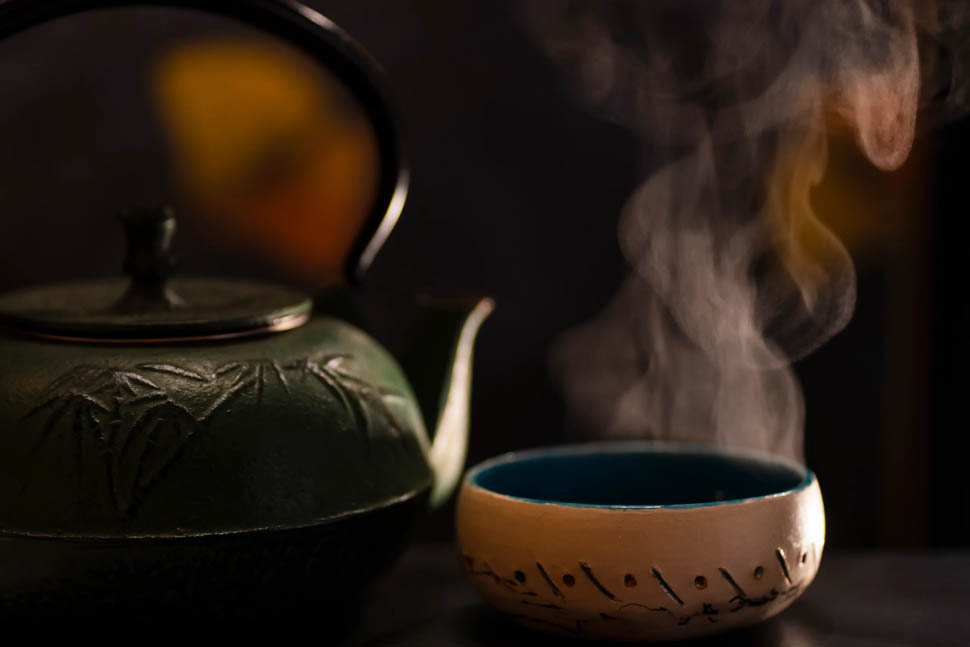
Yan is her own ambassador. A woman of graceful elegance, dynamic and welcoming, she's proud of a family tradition with roots tracing back to the imperial dynasties of a vast and complex country like China. The restaurant's decor features fine ceramics and fabrics, with low lighting in a cozy setting and curtains separating the indoor and outdoor areas. The tables are comfortable with consistent seating, and the place settings are traditionally Chinese, with white tablecloths alternated with embroidered fabric runners in black and gold.


The menu is extensive—really extensive. It's inclusive and intriguing enough to make you want to return, but it can be overwhelming at first glance, which is where the guidance of the hostess becomes crucial. If you want to experience authentic Chinese cuisine with imperial traditions, you should definitely ask for recommendations, at least the first time you visit, and start with the most characteristic and significant dishes.
The dishes
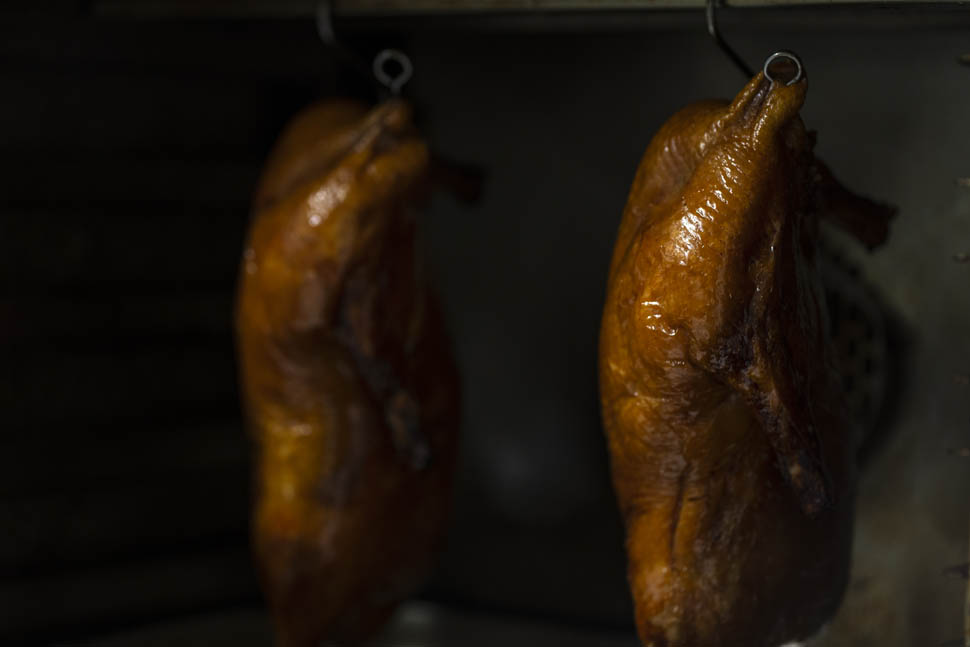
The undisputed queen of the menu is the Peking Duck. This dish is of utmost importance due to its technique and presentation, and it has been passed down through the millennia in its original authenticity. To prepare duck according to tradition, "the duck must be of the highest quality, otherwise the meat won't be workable and separating it from the skin—which is a key part of the dish—will be impossible," Yan explains. The classic Peking Duck is served in three courses at the table: the crispy fried skin is dipped in a sweet and sour sauce, the shredded meat is served with unleavened bread, plum sauce, and crispy vegetables, and finally, the broth made from the duck, simmered with a blend of balsamic spices.
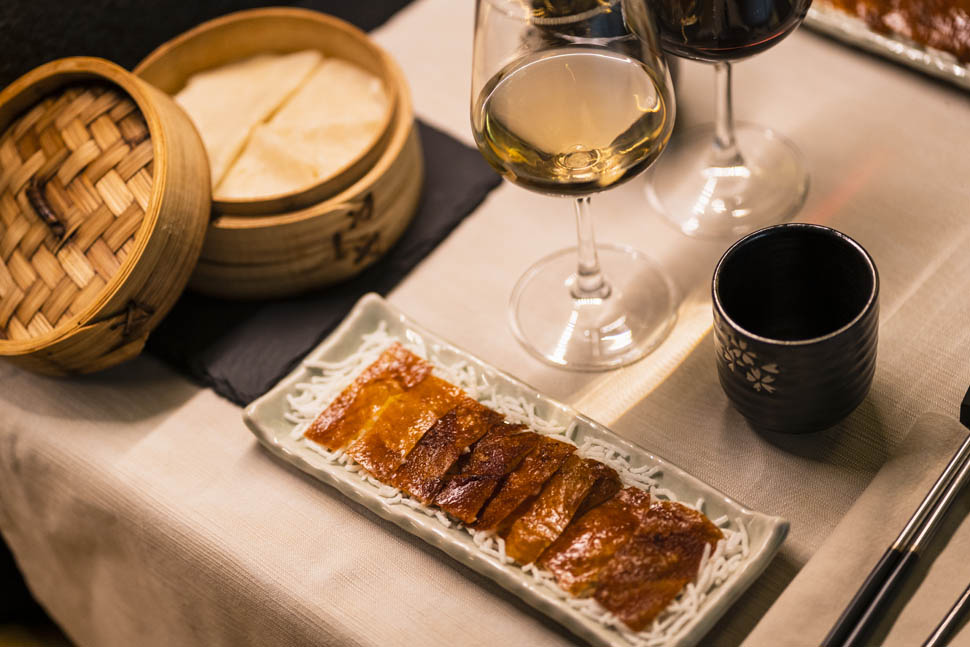
Other standout dishes with bold character and flavor include the must-have Century Egg, which here is fermented for a hundred days, wrapped in ash, clay, salt, and a tea mixture that gives it its distinct dark color and aromatic depth.

The Commander's Chicken is a crispy sweet-and-sour creation made from chicken thighs, marinated in egg, then fried after being coated in cornstarch. This dish dates back to the 17th century CE and is named after General Tso Tsung-t'ang. The result is undeniably satisfying and indulgent.
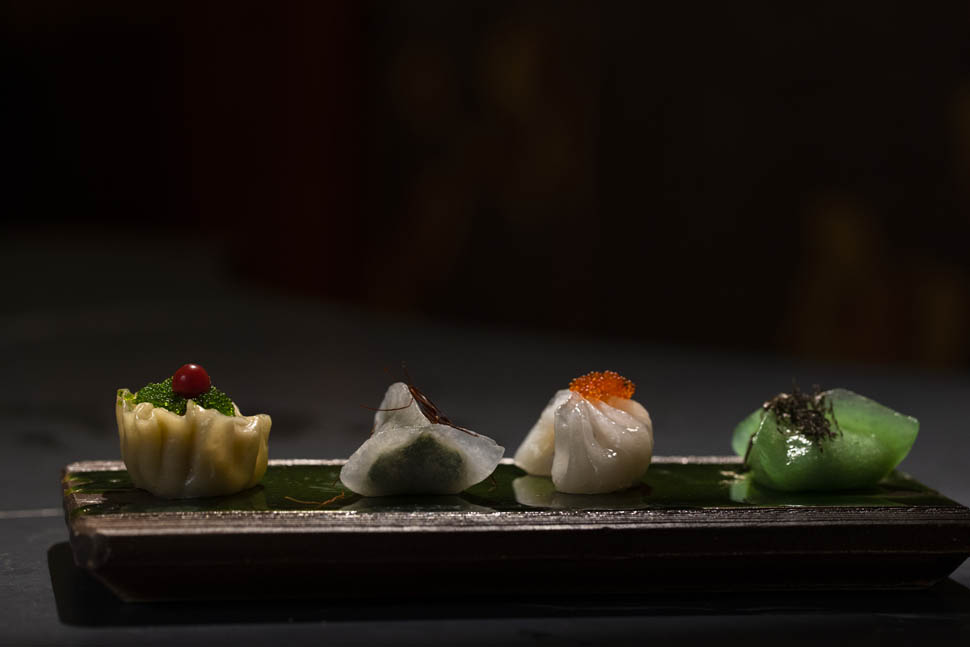
Among the classics, there's a good variety of dumplings, all handmade by the chef and most of them gluten-free. The Four-Flavor Dumplings, steamed and delightful due to their contrasting flavors and textures, are noteworthy. You'll also find rice, soups, and noodles, with the Zha Jiang Mian standing out—rice noodles served with traditional pork ragù. It's a visually impressive dish where the noodles act as a crispy basket for a thick and intensely flavored sauce.
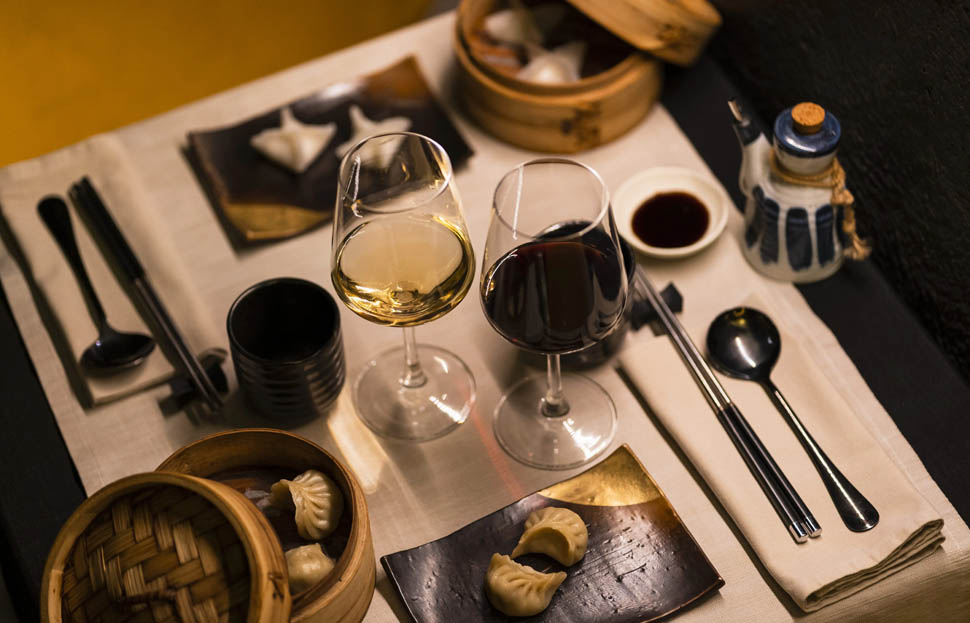
Among the desserts, there's the traditional Tang Yuan with black sesame and a sweet rice cake with a filling of azuki jam, served with oolong tea. The service is informal but deeply rooted in Yan's relentless desire to share her culture through food. It's a mix of careful attention and restrained storytelling through flavor. The wine list is interesting, with a good selection of teas and some rare saké options for enthusiasts.
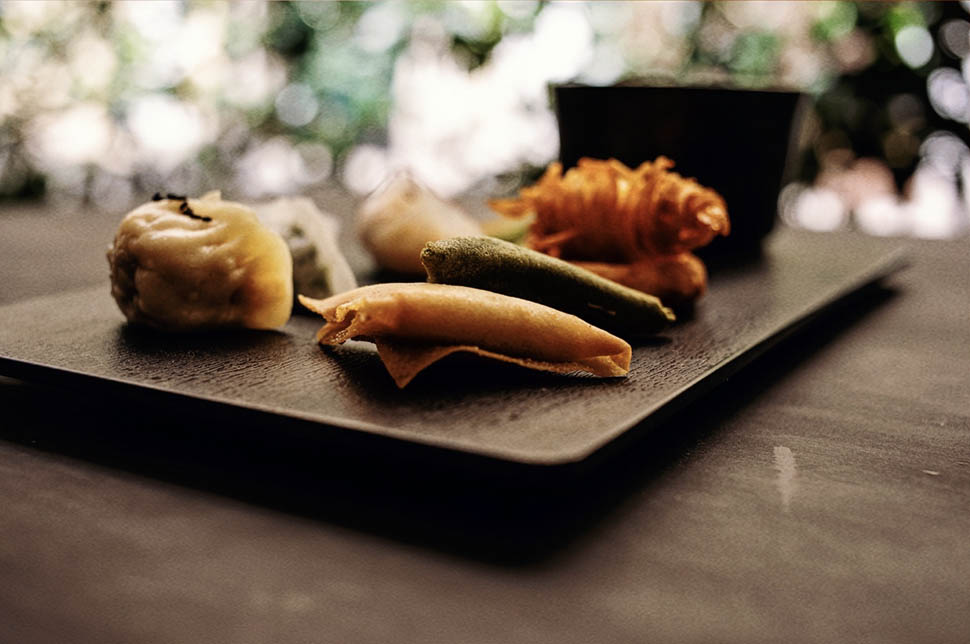
Oolong proves to be a true fine dining experience of Chinese cuisine in Rome, a place where you can discover new flavors and unique dishes, served with grace and care. Yan Jiang continues to be an heir to a legacy of noble history and refined taste.
Contacts
Oolong
Piazza di S. Paolo alla Regola, 40, 00186 Rome RM
Phone: 06 2170 7385
